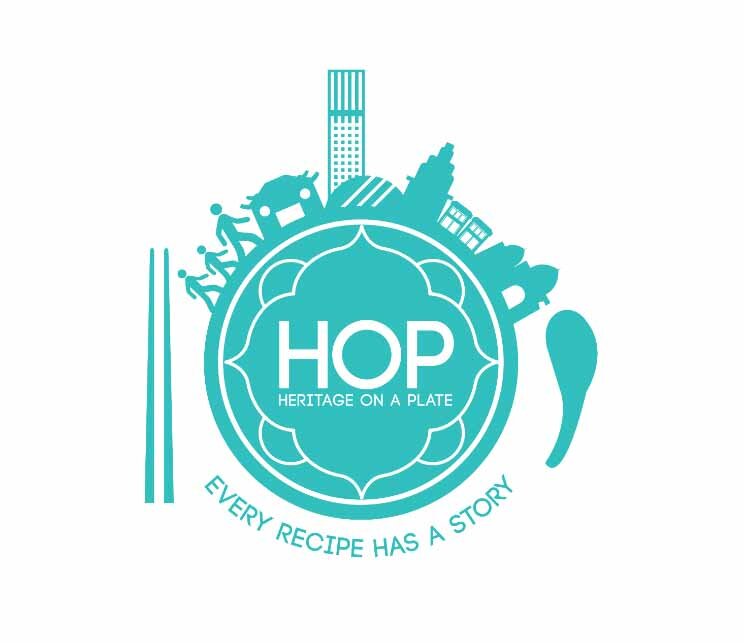Penang Food: Try These 3 Types of Penang Noodles
Hey, guys! How’s 2019 been treating you? It’s been a super busy few months for me. We’ve been hosting food tours for some amazing people. I haven’t had a chance to blog for a bit, but I wanted to take some time to tell you about three of my favourite types of Penang noodles.
p.s Noodles are often called “mee“ here
I Could Eat a Tonne of Wantan Mee
I’m not proud of that pun but we’ve making it since we were children so it’s officially part of the culture now (I have a certificate to prove it.) What is wantan mee? It’s done differently throughout the west coast of peninsula Malaysia, but in Penang it’s generally egg noodles served in a thick, sweet, fatty sauce accompanied with pork and shrimp dumplings (the wantans.) Within that delicious framework, local vendors labour to add their own personal touches - brandishing flavours, aromas, textures and styles like nets to reel in curious tongues and hungry tummies.
One of my favourite breakfast wantan mee places is on Lebuh Acheh - a small stainless steel cart surrounded by decaying plastic stools, stubbornly existing the same way it has done for decades, as the entire street slowly gentrifies into bars and cafes one shop at a time. Every wantan mee vendor worth their salt has got something that makes their version of the dish taste or look unique. Here, you’ll get a choice of different handmade noodles (my favourite is the pressed flat egg noodle) and a dollop of red hot chili paste on the side. Nothing says Penang like ground chili paste in the morning.
If the plastic stools aren’t your thing, just walk a couple of shops down, get some coffee and your breakfast will be delivered to you. I like to scan through the morning Chinese-language papers. I can’t read a word of it, but the pictures are pretty.
Look, good food is often messy.
Penang Hokkien Mee
Ok, let’s clear up the confusion here. Penang Hokkien Mee is not the same as KL Hokkien Mee. This is a source of much confusion among our Malaysian brethren down south. There’s only one proper type of Hokkien mee, and it’s the version where all the Hokkien people live, okay? The stuff you guys are eating down in KL? That’s Bee Tai Bak, but without the right kind of noodles.
Penang Hokkien Mee, also sometimes called Penang prawn mee, has quite a poignant story, intertwining historical events and how they affect the way we make and consume food. The story goes that during the Japanese occupation of Malaya, starving locals would collect the discarded heads of shrimp, grind them into a paste and add chili and spices to make it palatable. After the end of the war, it continued to be an affordable source of protein for communities decimated by the Occupation.
Today, a piping hot bowl of spicy Hokkien mee is a cause for celebration. Whether it’s served with the same humble ingredients or jazzed up with barbecued pork and other proteins, the important thing is that it’s got to have that sweet-spicy-umami combo that makes you want to keep slurping bowl after lip-singing bowl. It’s even popular as a breakfast meal. I did mention we love our chili paste first thing in the morning.
Mee Goreng Mamak
Malaysians really don’t stop enough to think about what an amazing curiosity the Mee Goreng Mamak is. It’s wok-fried egg noodles, in a rich tomato, potato and seafood based sauce, usually served with a dash of calamansi lime juice sprinkled on top. Just off the cuff, the kind of flavour combinations going on here are exceptionally unique. The flavour has a sweet-starchy-tangy base from the tomatoes, potato, chilies and spices. The seafood adds a salty sea flavour or additional sweetness depending on whether ground octopus (yup) or shrimp is used. That dash of lime brings everything together with a fresh, almost mandarin orange-y zest and before you know it, you’re ordering your third plate.
This isn’t a combination of ingredients or flavours that happens often. It probably has a lot to do with the influences that are being lent to this dish. The Mee Goreng itself is halal and usually prepared by Indian-Muslim men, despite using the Chinese Wok-Fry technique and egg noodles. How this fusion came about is the topic of much discussions (not really), but the most popular version is that the dish was brought over by Javanese Chinese Muslims and adapted to local tastes. I’m not super fond of this theory. I feel like it’s far more likely that early Indian Muslim migrants observed and learned techniques from their Chinese counterparts and adapted it into their very own halal noodles. This seems more likely to me, given how much of this cross-culture fusion we see with myriad other Penang dishes.
Anyways, a bit of trivia for you: Mee Goreng is always eaten with a fork and spoon, not with chopsticks. Tadaaa! Knowledge.
That’s it for now, folks. For more Penang food, check out Our 3 Favourite Dishes at Mandarin Café.



